Attempting to map a large waterway during the brief ten weeks fish are resident is a mighty slow task – especially when doing it solo.
Most of your erstwhile fishing pals don’t care for an “oversized Herring”, and would rather do chores than help in your quest to learn a river. In most cases you’re at the mercy of the locals, often friends of friends and coworkers, who rattle off all the river accesses where they drank themselves silly during High School, and then relay gossip about the places mentioned by the neighborhood kid who fishes – and where he said to go.
I then dutifully follow up each lead, sometimes finding a nice stretch of Shad water – sometimes it’s something too swift or too deep, and only suitable for fellows tossing gear. That nuance in tackle is never possible from helpful bystanders, given they have seen fish caught but don’t understand any of the physics involved.
Many of the holes simply aren’t productive for fly fisherman, the river can be a bit too fast and you can’t get to the fish, or you can’t separate far enough from the bank to avoid the broom trees in your back cast, or worse, the crush of “friendlies”; pets and small children, means you have to keep your head on a swivel.
As half of Shad season is gone, and I’ve spent most of it wandering bike paths looking for river access, one eye cocked for speeding cyclists intent on impaling themselves on my rod, and the other mindful of the river and the occasional homeless campsite, I was actually exploring plenty and fishing very little.
… not quite the balance I had in mind. The solution was obvious – drop a little cash for a guided trip with an eye towards knowledge transfer, someone to point out all the holes and parking areas of the remaining section of river I’d not seen.
Having been a guide myself and knowing I can tailor the excursion towards knowledge versus fishing, I knew it would prove invaluable as regards the fish, their favorite holes, how to access them safely via wading, and where were the closest access points.
The notion of doing so while reclining on the silken pillows of “Cleopatra’s barge” while sipping chilled Gatorade and nibbling room temperature Granola bars – being the rest of the attraction. I’m never sure how many oiled Nubian oarsmen it takes to propel a McKenzie river drift boat, but I was aiming to find out.
The granola bars were room temperature but their were damn few Nubians, just one good natured fellow oiled with a mixture of bug juice and sunscreen. This is Andy Guibord of Kiene’s fly shop in Sacramento, widely thought to be one of the best shad guides in the watershed.
As I had fished at Nimbus Dam, the access known as Sailor Bar, and had fished a lot of the middle stretches of the river as they ran through the suburb of Rancho Cordova, Andy drifted me from Sailor Bar down to Sunrise Ave, a couple miles of what’s considered the “upper” river.
I figured to be a “low maintenance” client, given how I wouldn’t need to be taught how to cast prior to fishing, my only concern was not getting clever and imbedding a “bead chain special” in his forehead. I think we both feeling each other out until I made that first cast – then it was a steady patter of “lay a cast in at six-o’clock”, “again”, “now one at twelve o’clock.”
We tried striped bass in the upper reaches of Sailor Bar, I managed to land four schoolies in the 14” range, before sliding down through the holes at Upper Sunrise and coming face to face with my implacable foe, the American Shad.
The rig we used was new to me. All of the same brightly colored hues were displayed in the top fly, including the time tested favorites in red, orange, and pink. What was new was Andy added a second smaller Olive Caddis Pupa #12, as a trailer.
Shad flies have been getting smaller for several decades, the most common sizes these days is a standard length #8. Adding the smaller #12 was explained to me as the fish get more selective as the run progresses, the smaller fly being insurance as it swings through the school – presenting both radiant and somber to the fish, allowing them to be finicky or no …
I landed a couple dozen fish that evening and all but one ate the Olive Caddis.
That bit of wisdom was worth the entire trip, as I would use this same rig in the weeks following and it proved just as deadly when wading. After that first outing I had a couple dozen “somber” caddis in my Shad box, and quickly handed out most to the fellows around me.
As I’m equipped with a half dozen new holes to explore and as many parking areas, the remainder of Shad season is proving far more fruitful. I’m fishing most of the morning and exploring only a bit, which is yielding far more fish than blisters.
… and this is why I find this game fish so absolutely compelling. It’s the only fish you can see Dawn or Sunset painted on its side.

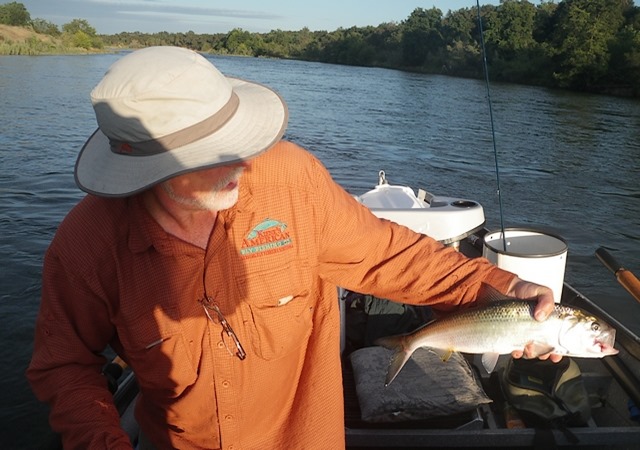

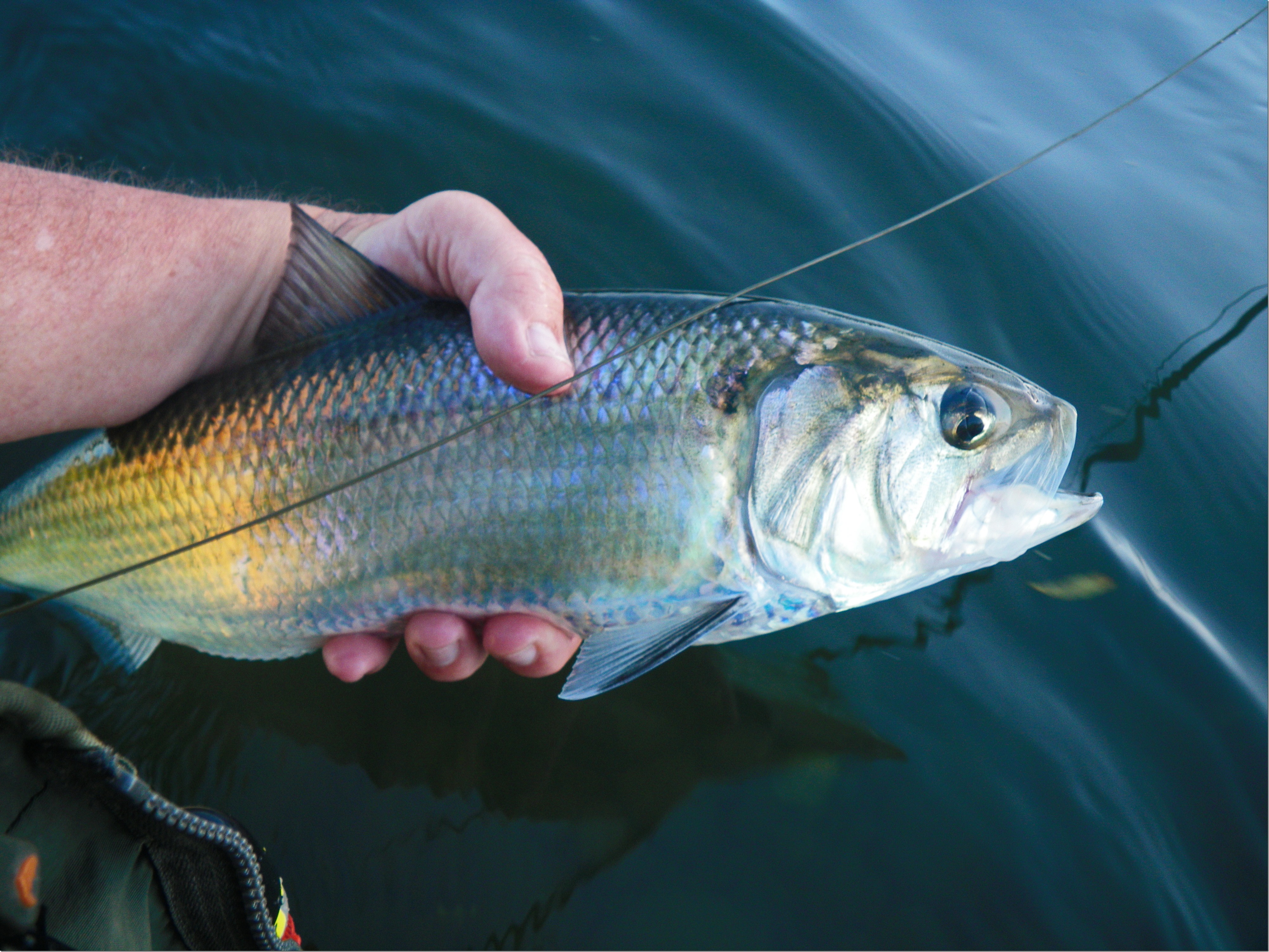
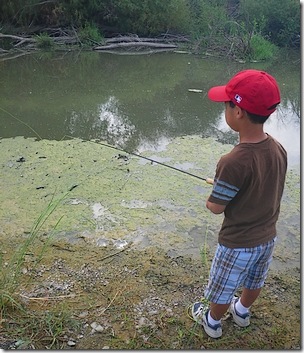
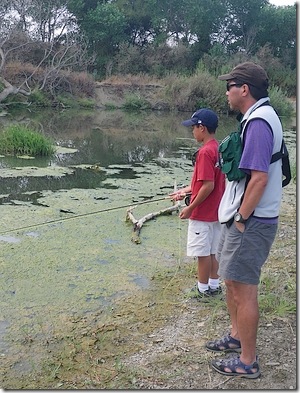

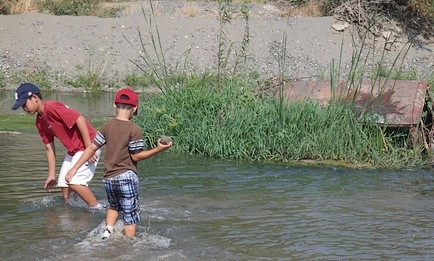
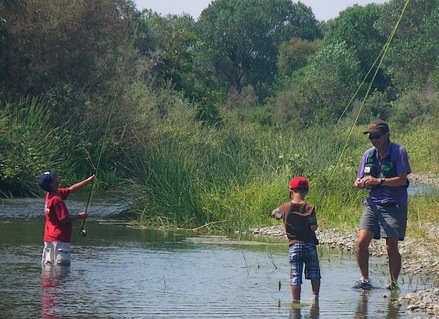

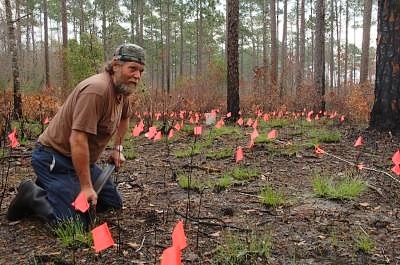
 If you think
If you think 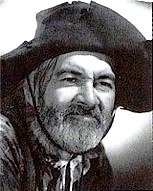 I want to be a Brownline guide, the fellow that props up a dusty 4X4, slouching nonchalantly while fingering all the sandwiches. After this weekend’s whirlwind tour of waterlike substance – and culverts containing same – I may have been hasty when I swore, “I will never guide again.”
I want to be a Brownline guide, the fellow that props up a dusty 4X4, slouching nonchalantly while fingering all the sandwiches. After this weekend’s whirlwind tour of waterlike substance – and culverts containing same – I may have been hasty when I swore, “I will never guide again.” It could be the
It could be the  Two prams pass each other on the river, two sun bronzed, flint-eyed “
Two prams pass each other on the river, two sun bronzed, flint-eyed “ It’s oft said that a domestic disturbance call is the most dangerous for a policeman. The disturbance part is run-of-the-mill, but the domestic portion can spiral out of control at a moment’s notice, usually with the officer now defending himself against both combatants.
It’s oft said that a domestic disturbance call is the most dangerous for a policeman. The disturbance part is run-of-the-mill, but the domestic portion can spiral out of control at a moment’s notice, usually with the officer now defending himself against both combatants. If your girlfriend has cold feet and delights in tormenting you during the winter, don’t take this woman steelhead fishing in January. She’ll hate you, you’ll hate you, and when you look for sympathy from your pals, they’re going to look in disbelief and exclaim, “What were you thinking?”
If your girlfriend has cold feet and delights in tormenting you during the winter, don’t take this woman steelhead fishing in January. She’ll hate you, you’ll hate you, and when you look for sympathy from your pals, they’re going to look in disbelief and exclaim, “What were you thinking?”